You bought a waterproof watch but soon discovered that it has taken on water. This can leave you feeling not just disappointed but also a bit confused. In fact, many people have faced similar issues. So why did your waterproof watch get wet? Many wholesalers and dealers have asked us the same question. Today, let's dive deeper into how watches are made waterproof, the different performance ratings, possible reasons for water ingress, and how to prevent and deal with this issue.

How Waterproof Watches Work
Watches are designed to be waterproof due to specific structural features.
Waterproof Structures
There are several common waterproof structures:
◉Gasket Seals: Gasket seals, often made from rubber, nylon, or Teflon, are crucial in keeping water out. They are placed at multiple junctions: around the crystal glass where it meets the case, between the case back and the watch body, and around the crown. Over time, these seals can degrade due to exposure to sweat, chemicals, or temperature fluctuations, compromising their ability to prevent water ingress.
◉Screw-down Crowns: Screw-down crowns feature threads that allow the crown to be screwed tightly into the watch case, creating an extra layer of protection against water. This design ensures that the crown, which is a common entry point for water, remains securely sealed when not in use. This feature is especially useful in watches rated for deeper water resistance.
◉Pressure Seals: Pressure seals are designed to withstand the changes in water pressure that occur with increasing depth. They are typically used in conjunction with other waterproof components to ensure that the watch remains sealed under various pressure conditions. These seals help maintain the integrity of the watch’s internal mechanisms even when subjected to significant water pressure.
◉Snap-on Case Backs: Snap-on case backs are designed to provide a secure and tight fit against the watch case. They rely on a snap mechanism to seal the case back firmly in place, which helps to keep out water. This design is common in watches with moderate water resistance, offering a balance between ease of access and waterproofing.
The most important component affecting waterproof performance is the gasket (O-ring). The thickness and material of the watch case also play a significant role in ensuring safety under water pressure. A sturdy case is necessary to withstand the force of water without deforming.

Understanding Waterproof Ratings
Waterproof performance is often expressed in two ways: depth (in meters) and pressure (in Bar or ATM). The relationship between these is that every 10 meters of depth corresponds to an additional atmosphere of pressure. For example, 1 ATM = 10m of waterproof capability.
According to national and international standards, any watch labeled as waterproof should withstand at least 2 ATM, meaning it can handle depths of up to 20 meters without leaking. A watch rated for 30 meters can handle 3 ATM, and so on.
Testing Conditions Matter
It's essential to note that these ratings are based on controlled laboratory testing conditions, typically at temperatures between 20-25 degrees Celsius, with both the watch and water remaining still. Under these conditions, if a watch remains waterproof, it passes the test.

Waterproof Levels
Not all watches are equally waterproof. Common ratings include:
◉30 meters (3 ATM): Suitable for everyday activities like washing hands and light rain.
◉50 meters (5 ATM): Good for swimming but not for diving.
◉100 meters (10 ATM): Designed for swimming and snorkeling.
All Naviforce watch series come with waterproof features. Some models, like the NFS1006 solar watch, reach up to 5 ATM, while our mechanical watches exceed the diving standard of 10 ATM.
Reasons for Water Ingress
Even though watches are designed to be waterproof, they do not remain new forever. Over time, their waterproof capabilities may diminish due to several reasons:
1. Material Degradation: Most watch crystals are made from organic glass, which can warp or wear out over time due to heat expansion and contraction.
2. Worn Gaskets: The gaskets around the crown can wear down with time and movement.
3. Corroded Seals: Sweat, temperature changes, and natural aging can degrade the seals on the case back.
4. Physical Damage: Accidental impacts and vibrations can damage the watch casing.
How to Prevent Water Ingress
To keep your watch in good condition and prevent water damage, follow these tips:
1. Wear Properly: Avoid prolonged exposure to extreme temperatures.
2. Clean Regularly: After exposure to water, dry your watch thoroughly, especially after contact with seawater or sweat.
3. Avoid Manipulating the Crown: Don't operate the crown or buttons in wet or humid environments to keep moisture from entering.
4. Regular Maintenance: Check for any signs of worn or damaged gaskets and replace them as needed.
What to Do If Your Watch Gets Wet
If you notice only a slight fog inside the watch, you can try the following methods:
1. Invert the Watch: Wear the watch upside down for about two hours to let moisture escape.
2. Use Absorbent Materials: Wrap the watch in paper towels or soft cloths and place it near a 40-watt light bulb for about 30 minutes to help evaporate moisture.
3. Silica Gel or Rice Method: Place the watch with silica gel packets or uncooked rice in a sealed container for several hours.
4. Blow Drying: Set a hairdryer on a low setting and hold it about 20-30 cm from the back of the watch to blow out moisture. Be careful not to get too close or hold it too long to avoid overheating.
If the watch continues to fog up or shows signs of severe water ingress, stop using it immediately and take it to a professional repair shop. Do not attempt to open it yourself, as this could cause further damage.
Naviforce waterproof watches are designed according to international standards. Each watch undergoes vacuum pressure testing to ensure excellent waterproof performance under normal use conditions. Additionally, we offer a one-year waterproof warranty for peace of mind. If you're interested in more information or wholesale collaboration, please contact us. Let us help you provide your customers with top-quality waterproof watches!

Post time: Aug-15-2024






 Men
Men
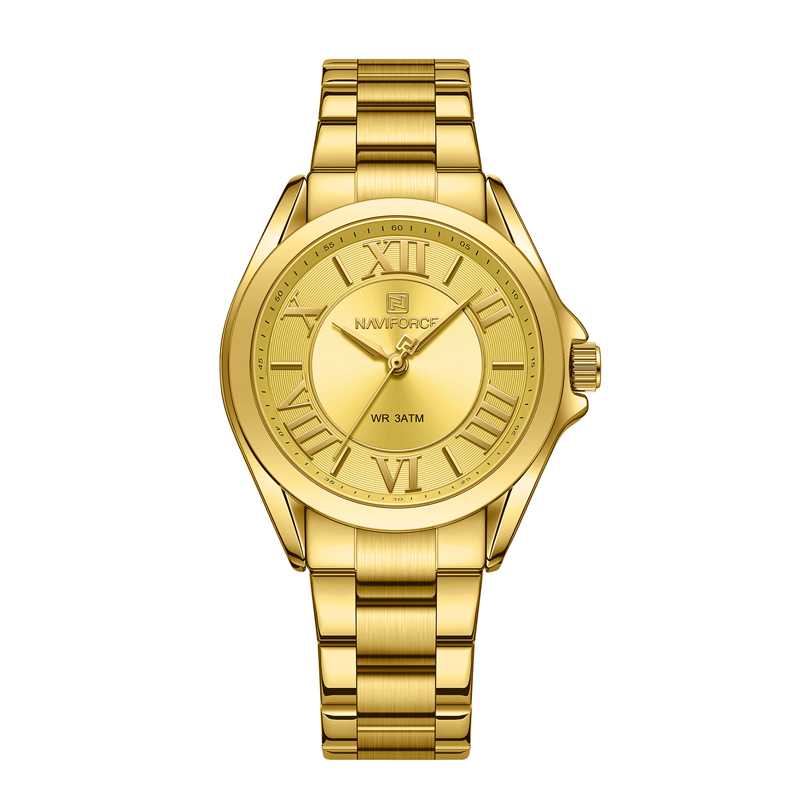 Women
Women
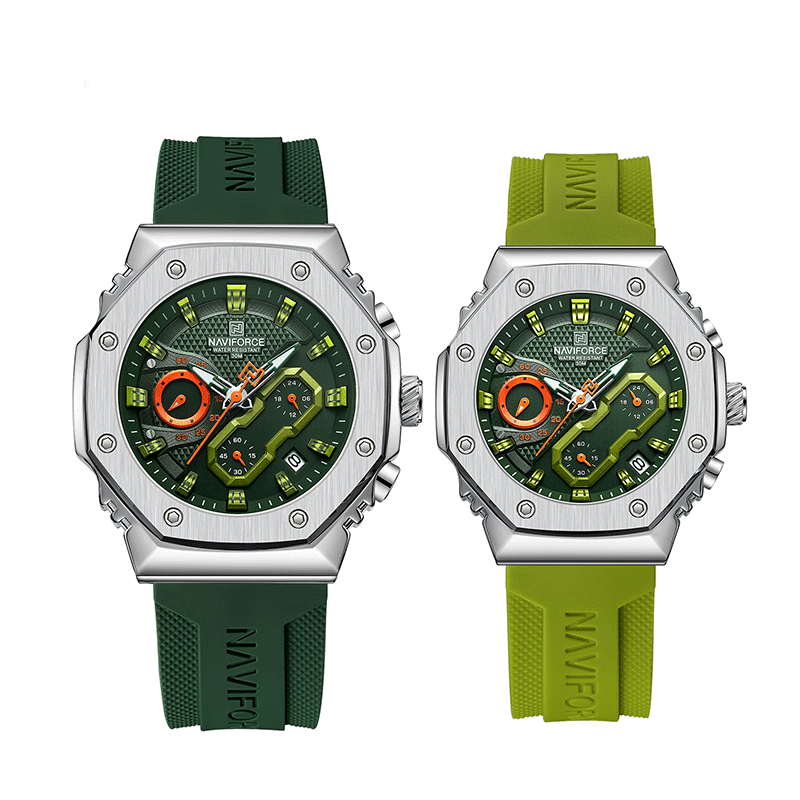 Couples
Couples
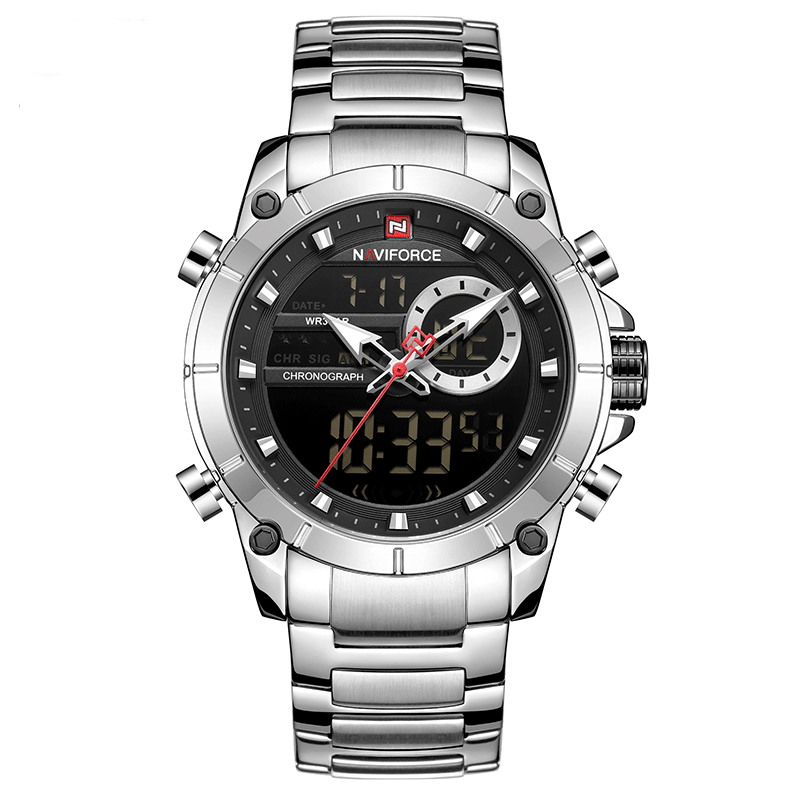 Digital Watch
Digital Watch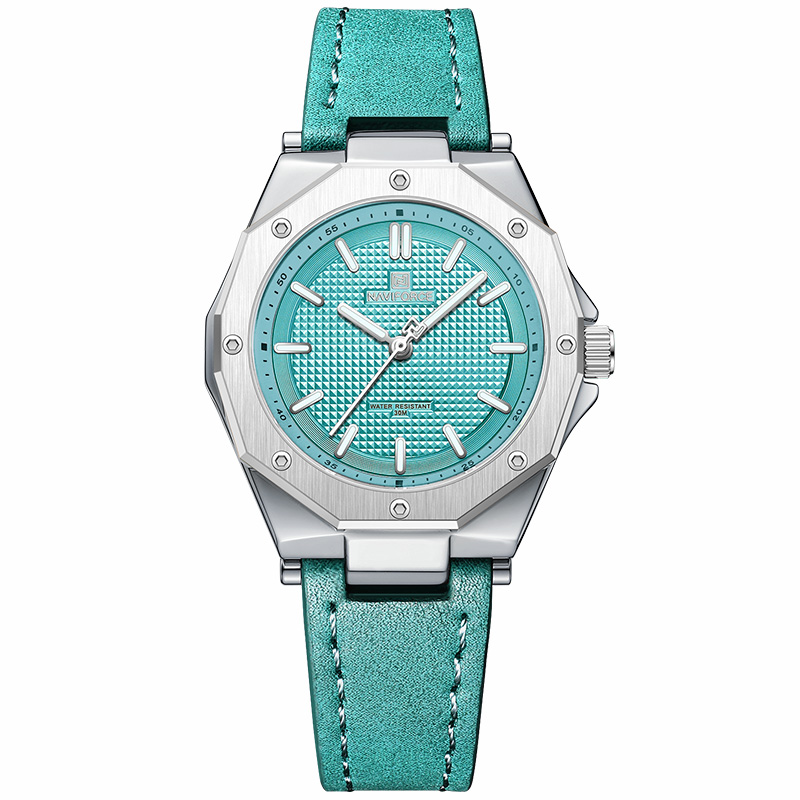 Quartz
Quartz Quartz
Quartz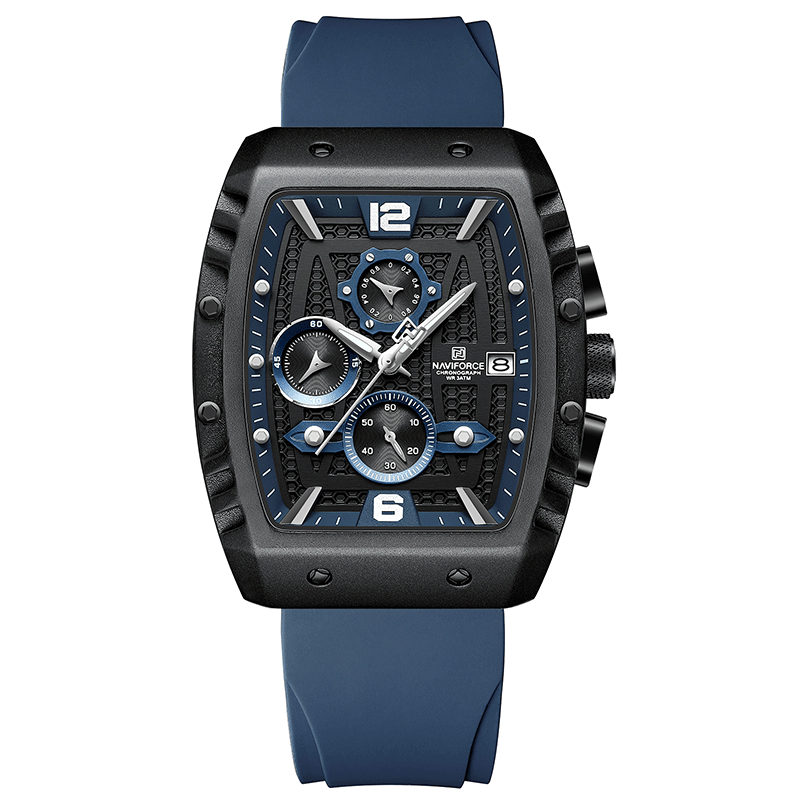 Quartz
Quartz  Quartz
Quartz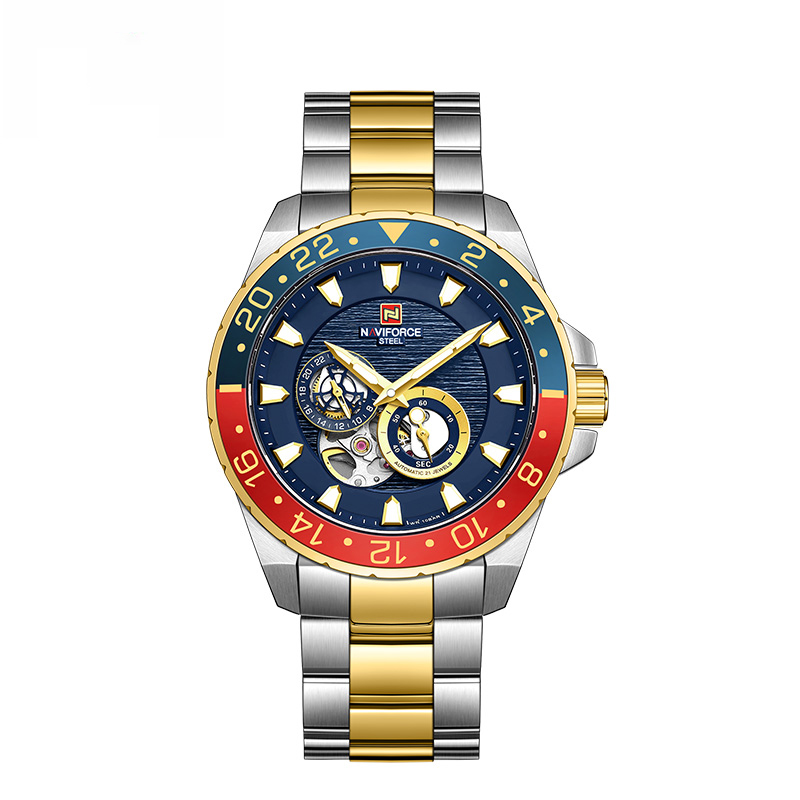 Automatic Mechanical Watch
Automatic Mechanical Watch
 Solar-Powered Watch
Solar-Powered Watch
 Smart Watch
Smart Watch






